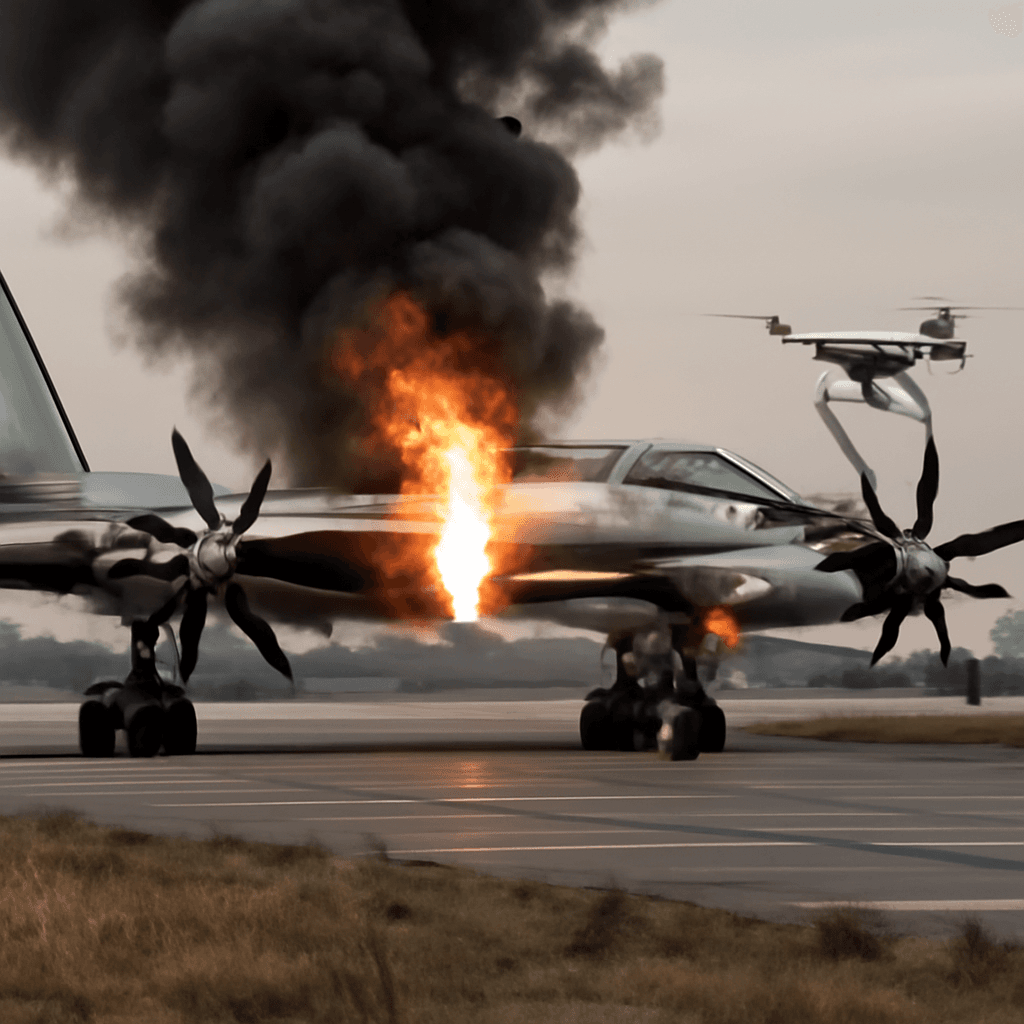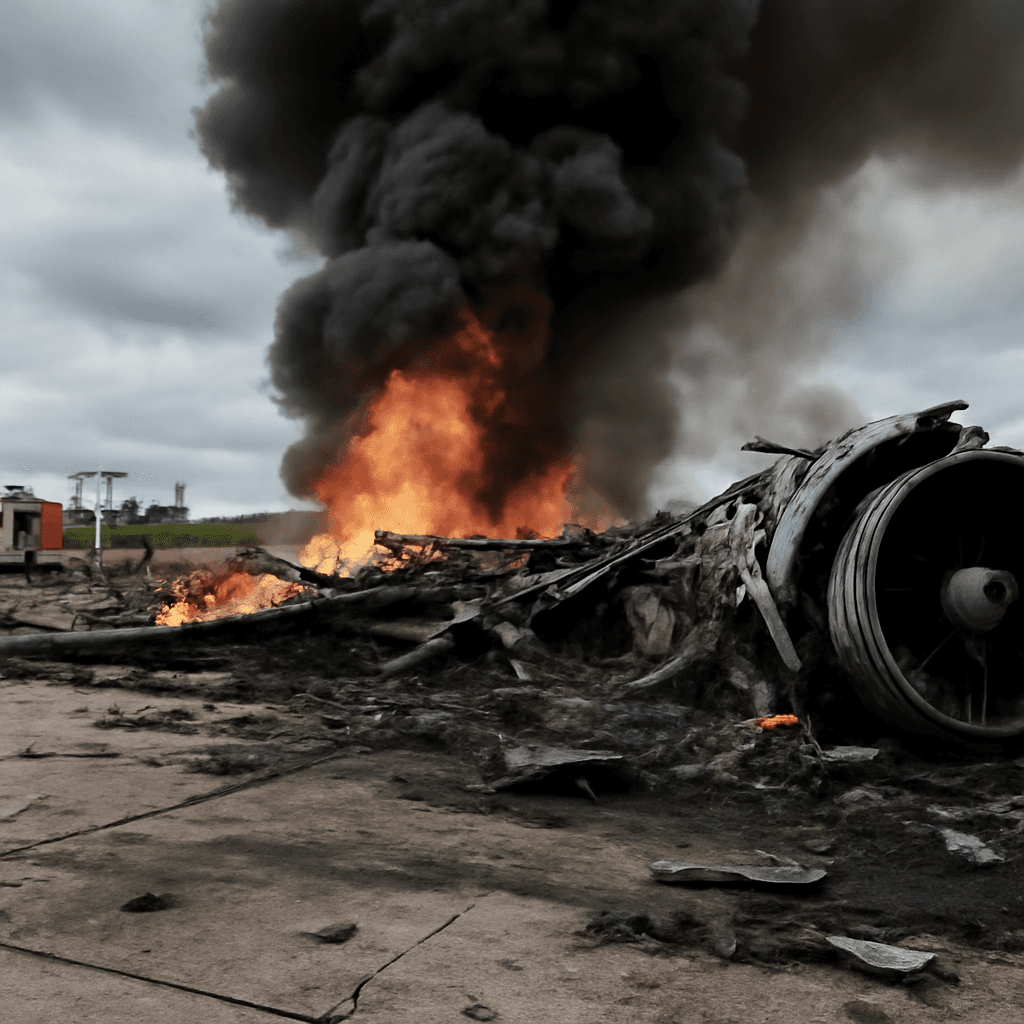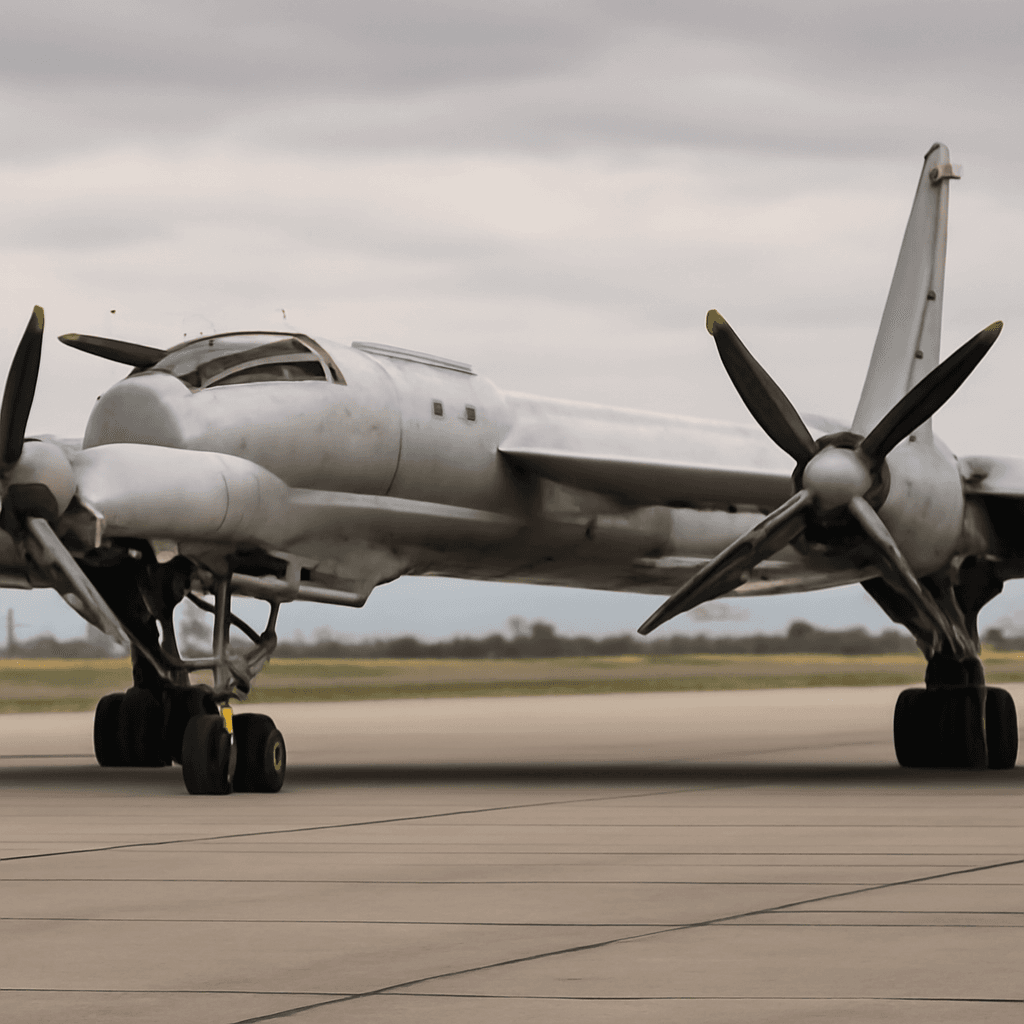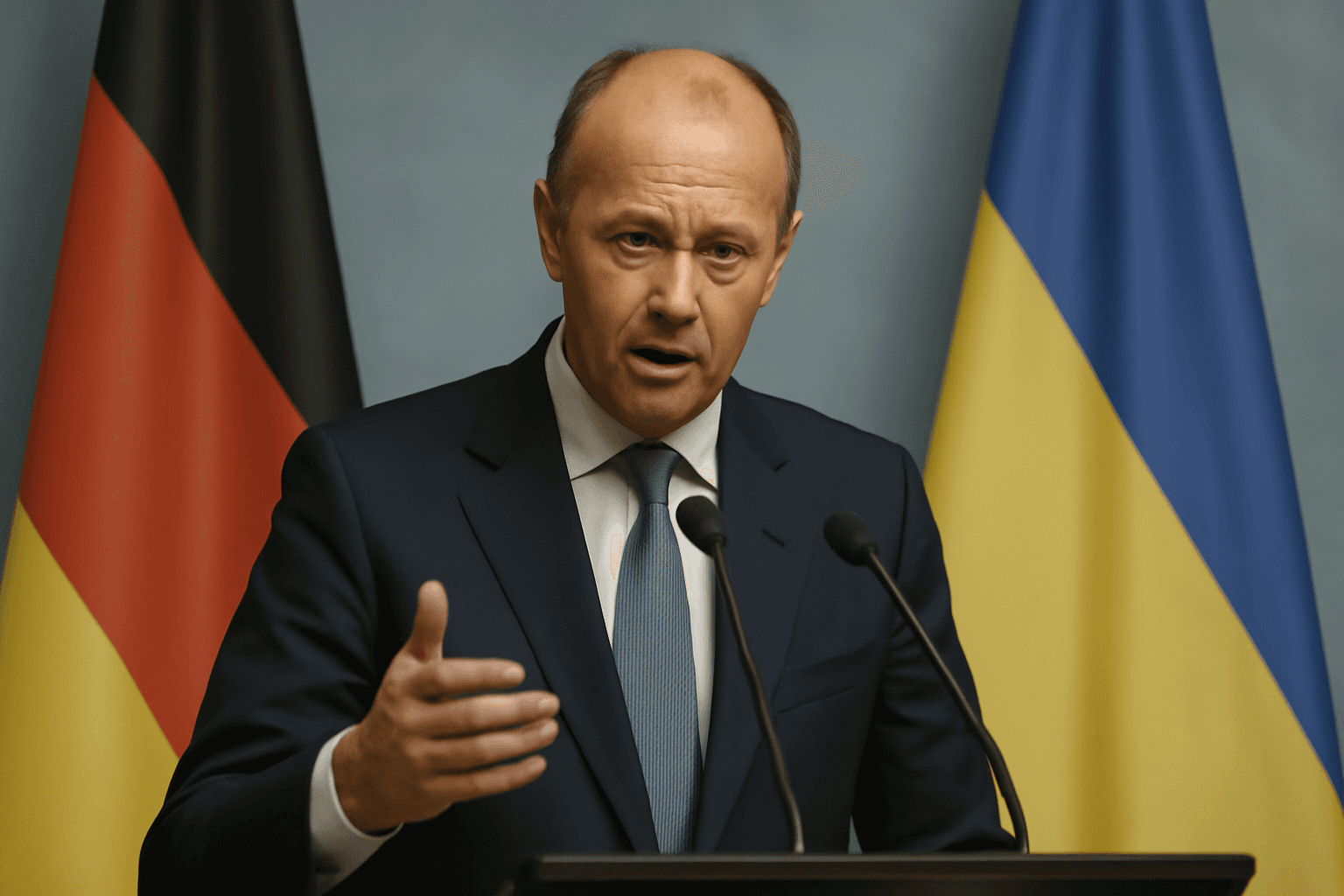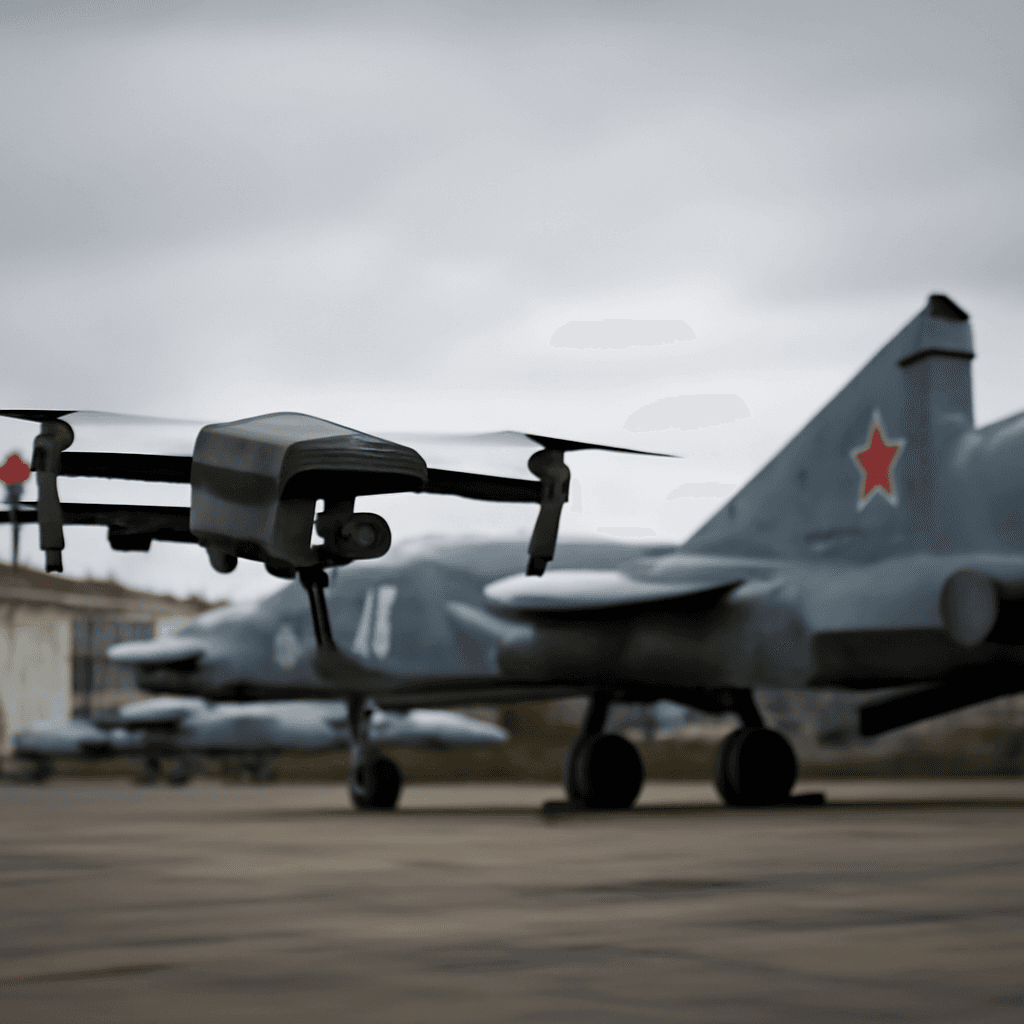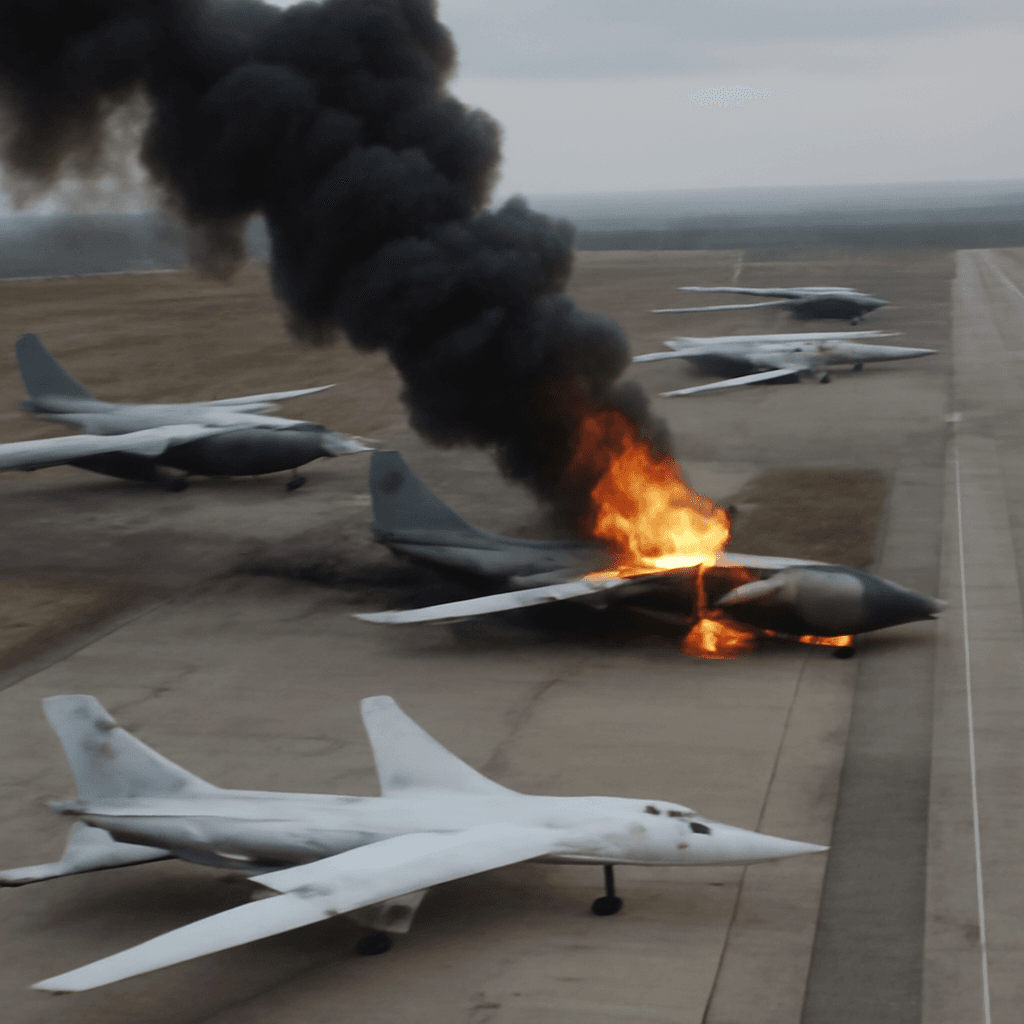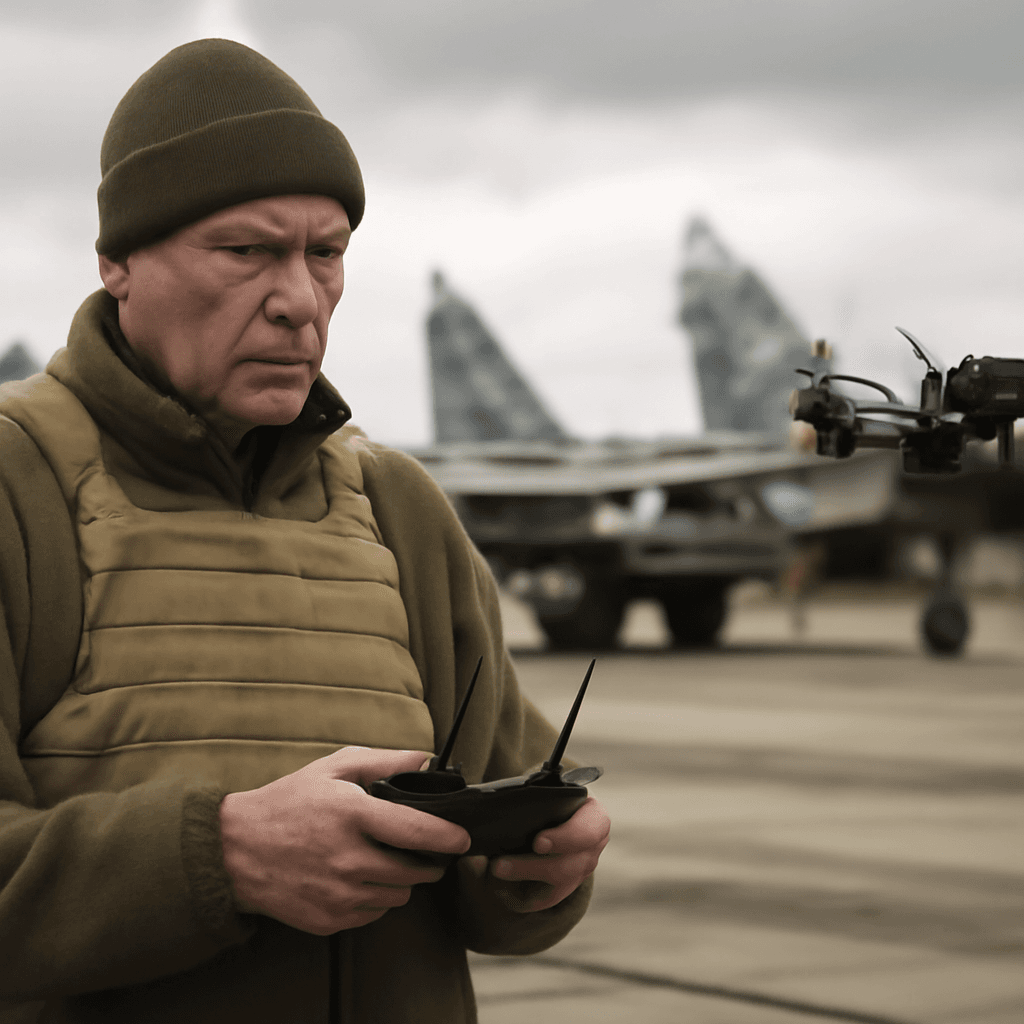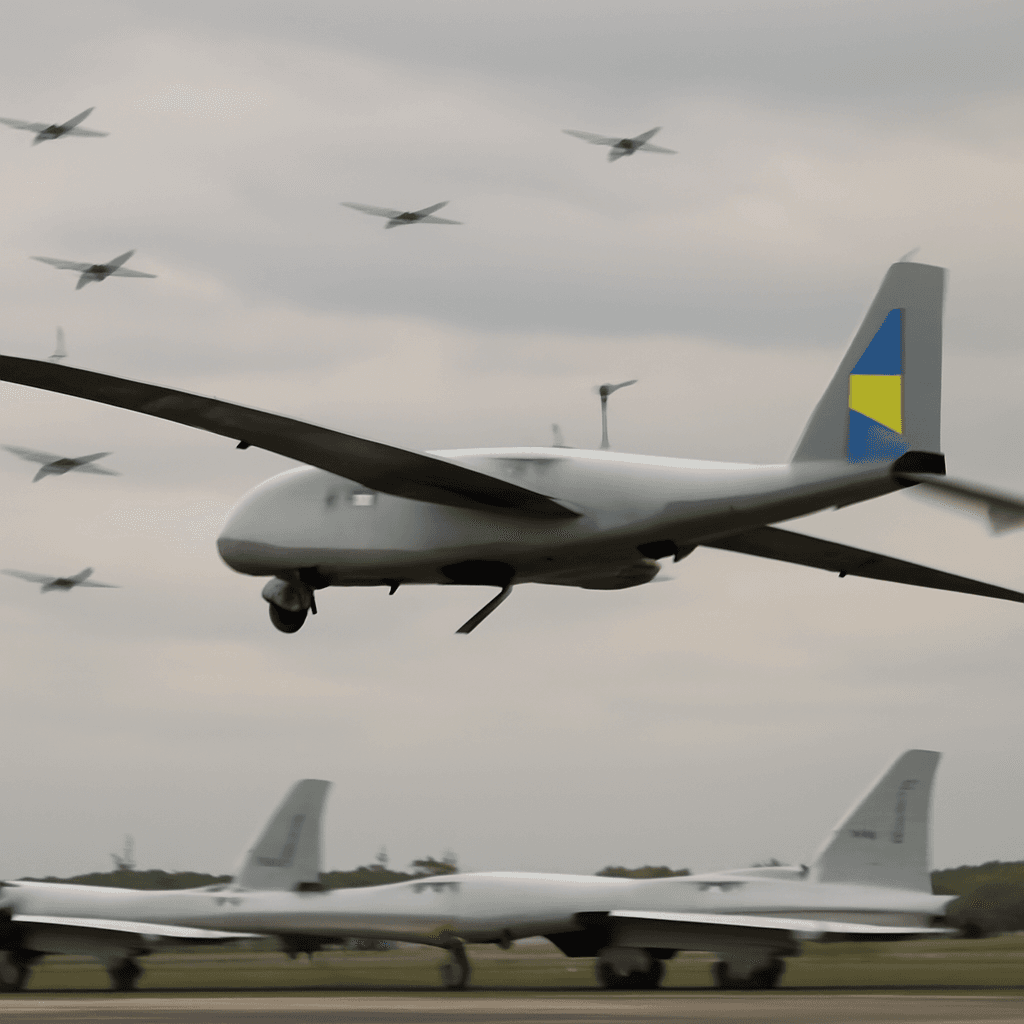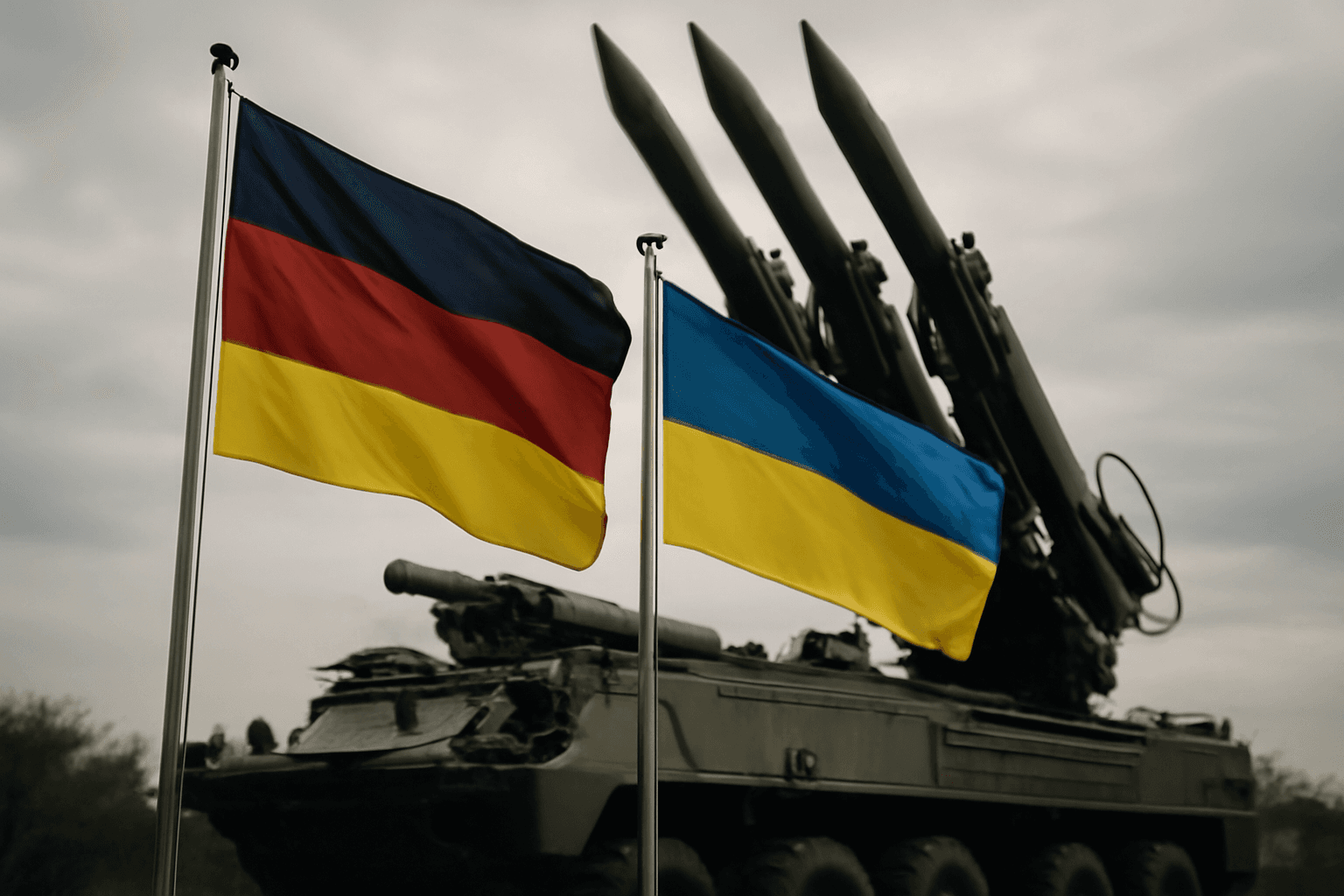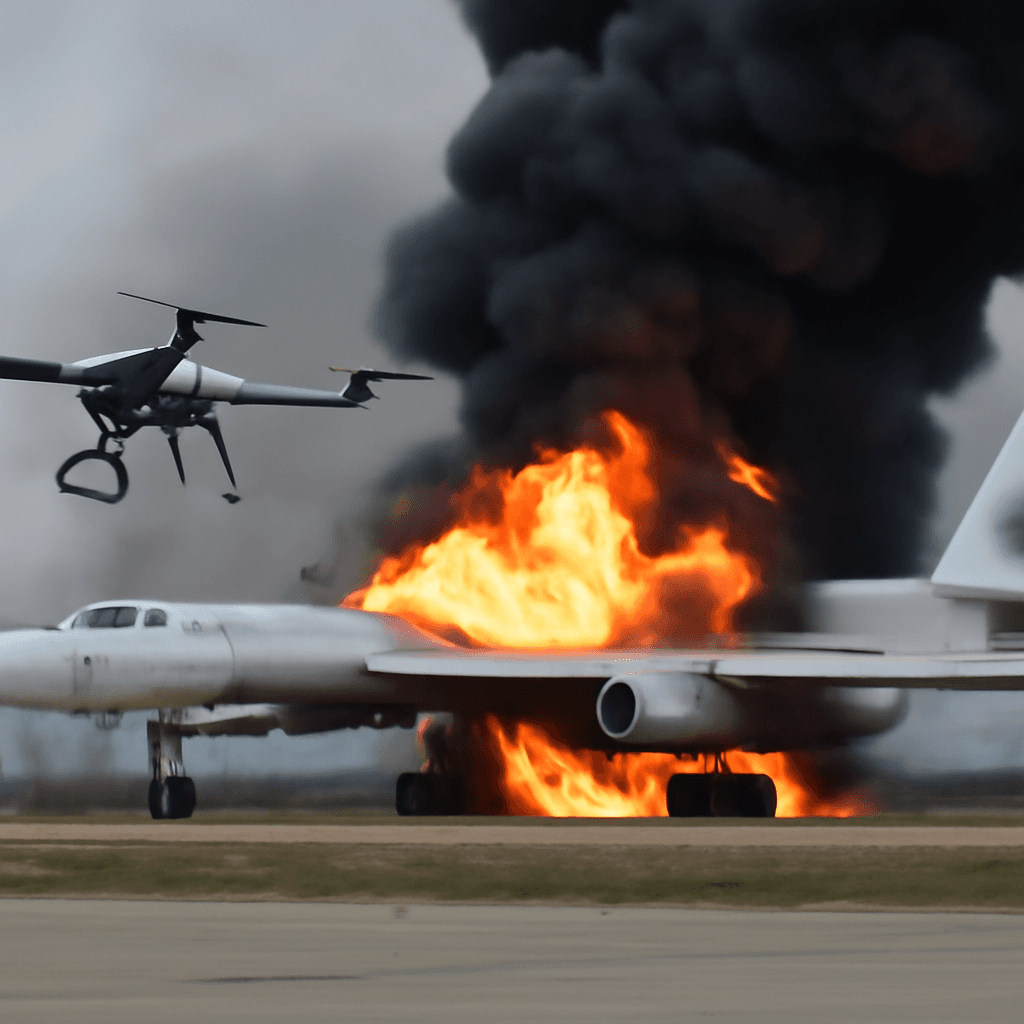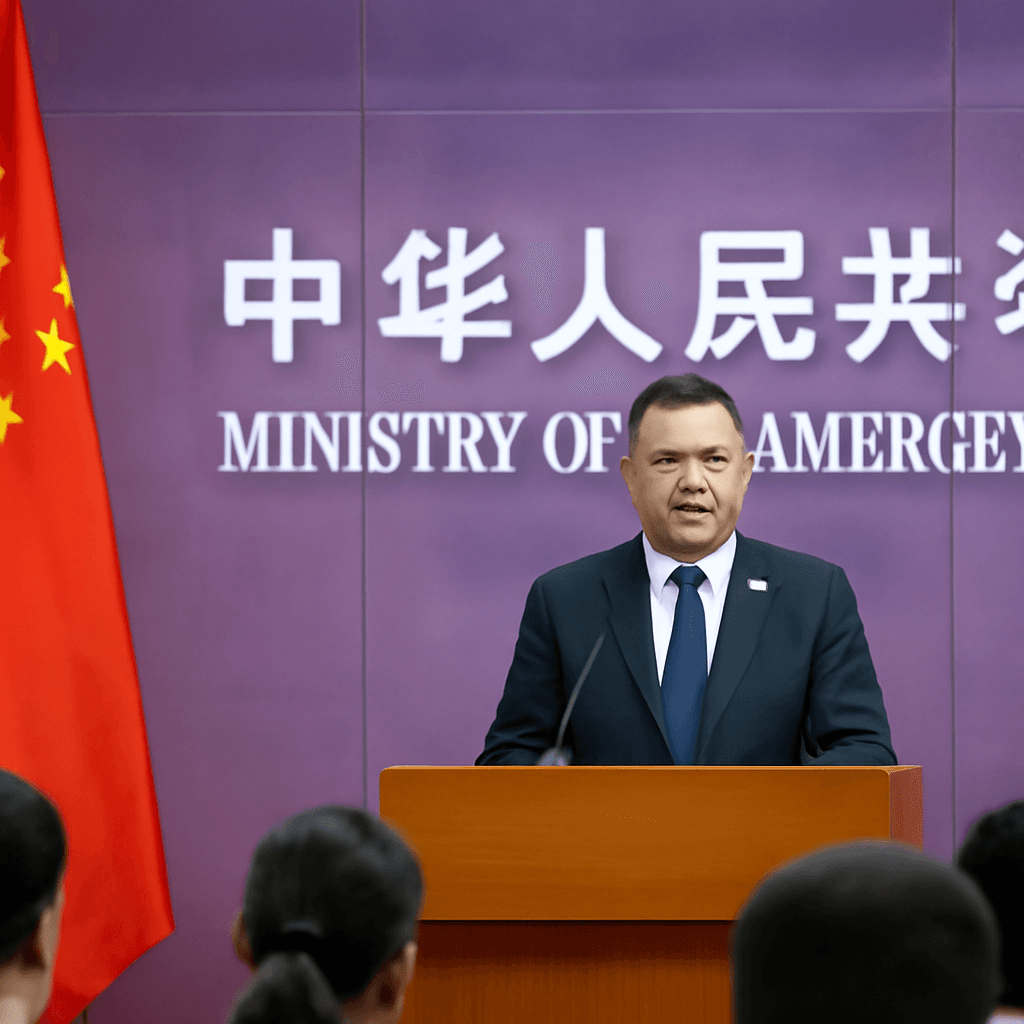Ukraine's Strategic Drone Assault on Russian Military Airbases
In a significant escalation, Ukraine launched a sophisticated drone operation targeting five major Russian military airbases located deep within Russian territory. The operation, reportedly the longest-range drone attack to date by Ukraine, struck facilities thousands of kilometers from the front lines, underscoring the evolving nature of the conflict.
Key Airbases Targeted and Damage
The targeted airfields included locations in Murmansk, Irkutsk, Ivanovo, Ryazan, and Amur regions. Russian defense authorities confirmed the attack involved the use of first-person-view (FPV) drones, which struck several aircraft, including strategic bombers and radar command planes.
Despite Russian claims of successfully repelling some attacks and preventing casualties, multiple aircraft were reported to have caught fire. Video evidence circulating online revealed thick smoke rising from the Belaya airbase in Irkutsk Oblast and the Olenya airbase in Murmansk Oblast, indicating significant damage.
Covert Logistics and Execution: Operation 'Spider's Web'
Ukraine's Security Service (SBU) revealed that extensive planning over 18 months preceded the operation, codenamed "Spider's Web." The attack deployed 117 drones strategically positioned to disrupt Russia’s aerial capabilities. Key elements of the operation included:
- Concealment: Drones were smuggled into Russia concealed under the roofs of wooden cabins mounted on trucks.
- Remote Deployment: At the time of the attack, the roofs were remotely opened allowing drones to launch toward short-distance targets near the airfields.
- Proximity Launch: Contrary to prior incursions launched from Ukraine's territory, these drones were operated from positions in close proximity to the targeted bases.
This complex logistical approach enabled a surprise strike at strategic Russian aviation assets, including Tu-95 and Tu-22 bombers as well as A-50 radar planes, which play critical roles in Moscow’s military operations against Ukraine.
Strategic Impact and Cost Estimations
The Ukrainian authorities estimate the combined value of the damaged Russian aircraft to be approximately $7 billion. Of the 117 drones launched, the attack reportedly destroyed 41 aircraft, targeting about 34% of Russia’s strategic cruise missile carriers stationed at the affected airfields.
While Russia acknowledged the fires and some damage, it emphasized that casualties were avoided and asserted law enforcement had detained individuals connected to the attacks, including drivers facilitating drone launches.
Context and Geopolitical Implications
The operation coincided with ongoing diplomatic negotiations hosted in Istanbul, where Ukrainian and Russian delegations planned talks under international mediation efforts. Ukraine’s President highlighted the gravity of the mission, calling it “our most long-range operation” and emphasizing the symbolic message behind hitting deep inside Russian territory.
The timing underscores Ukraine's strategic intent to exert pressure on Russia amid emerging opportunities for conflict resolution, while demonstrating advanced capabilities in asymmetric warfare.
Summary of Operation Details
- Operation Code Name: Spider's Web
- Number of Drones Deployed: 117
- Aircraft Targeted: 41 strategic bombers and command aircraft
- Cost of Damaged Assets: Estimated $7 billion
- Airbases Targeted: Murmansk, Irkutsk (Belaya), Ivanovo, Ryazan, Amur (including Olenya)
This operation signifies an escalation in Ukraine's tactical approach, leveraging covert methods and advanced drone technology to disrupt Moscow's military aviation capacities far beyond frontline combat zones.

